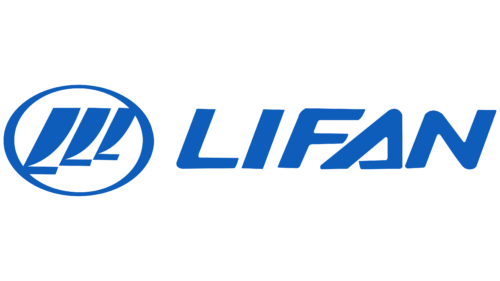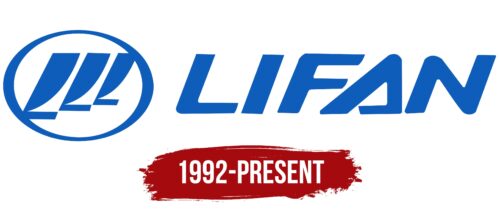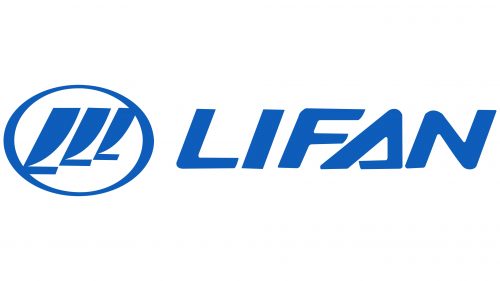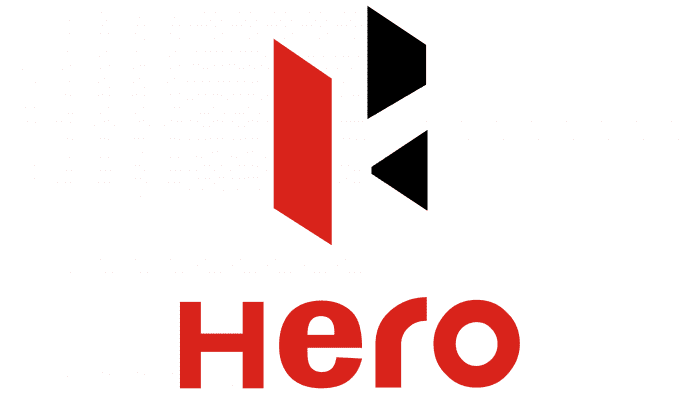The Lifan logo symbolizes forward movement, development, and progress. The emblem’s lines resemble air currents filling the brand’s sails and guiding the company toward its goal. The symbol reflects harmony and integrity, which attest to the quality of the cars.
Lifan: Brand overview
Lifan’s story began in 1992 in Chongqing, brought to life by Yin Mingshan. The company started with motorcycle engines, but its ambitions grew rapidly. By the late 1990s, the brand produced motorcycles and scooters, setting the stage for a major leap into the automotive world.
In 2005, the brand launched the Lifan 320 sedan, inspired by older Toyota Corolla models. This move signaled the brand’s entry into the car market. The following years saw the company drawing inspiration from Toyota to streamline development. By 2010, the brand’s lineup included minivans, hatchbacks, sedans, SUVs, and electric vehicles, catering to the diverse needs of the Chinese market. Collaborations with European design firms like Bertone helped refine the brand’s design approach.
The brand rebranded as Lifan Industry (Group) Co., Ltd. in 1997 and began exporting to Asia, Africa, and Latin America. The Lifan 520, also known as Lifan Breez, debuted in 2005 and quickly became popular in China due to its affordability and features.
Going public in 2007 with an IPO on the Shanghai Stock Exchange secured funds for expansion. The introduction of the Lifan X60 crossover in 2011 marked another milestone, becoming a bestseller domestically and internationally. A new factory in Chongqing opened in 2014, increased production capacity to 500,000 vehicles annually, and marked the brand’s venture into electric and hybrid vehicles.
Despite increasing competition in the Chinese market, the brand continued to innovate, expanding its model lineup with a focus on electrification and technological advancements. Throughout the 2020s, the brand navigated various challenges, earning a spot on the Fortune Global 500 list and solidifying its status as one of China’s largest and most successful enterprises.
The brand’s journey from a small motorcycle engine producer to a global automotive brand with a presence in over 60 countries highlights its commitment to providing affordable, quality vehicles. This growth has allowed the company to meet the demands of emerging markets worldwide, building a reputation for reliability and value.
Meaning and History
What is Lifan?
Lifan is a versatile Chinese automotive manufacturer that produces many vehicles, including motorcycles, cars, and commercial trucks. Recognized for its affordability and reliability, Lifan serves domestic and international markets, offering practical transportation solutions.
1992 – today
The emblem of the car manufacturer Lifan was designed to convey the company’s spirit and philosophy. It consists of an oval badge with three “L” letters inside and the brand name. The word “Lifan” translates from Chinese as “sailing with full sails,” a nautical term indicating the fastest possible movement of a ship with all sails fully raised.
Each “L” in the oval represents different masts with sails, such as the foremast, mizzenmast, and mainmast, creating an analogy with a three-masted frigate. This emphasizes the company’s fighting spirit, drive for high achievements, and speed, key characteristics of Lifan cars.
The emblem’s blue color was chosen because it is associated with reliability, stability, and technological innovation, reflecting the company’s core principles.





